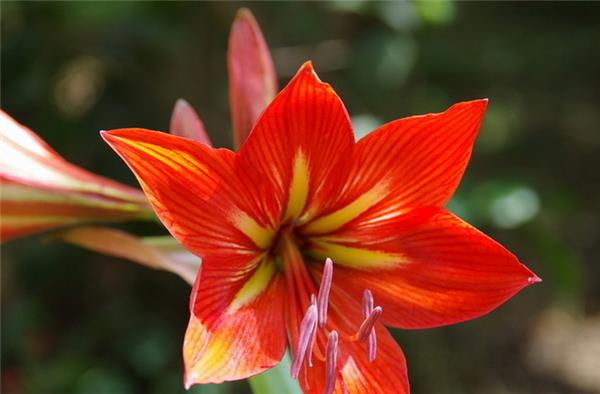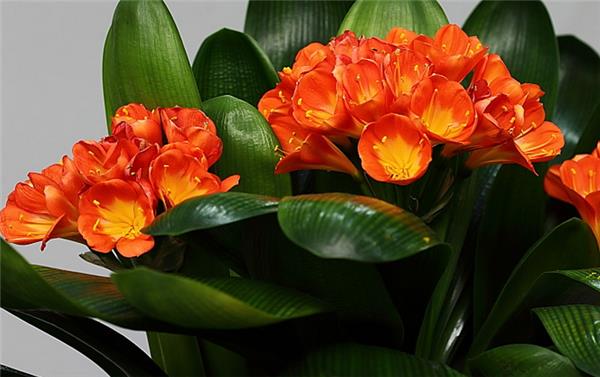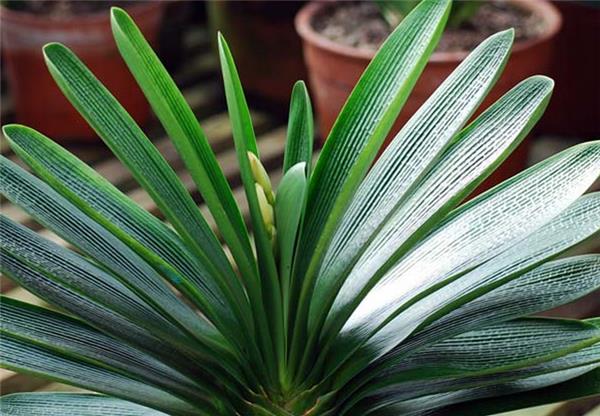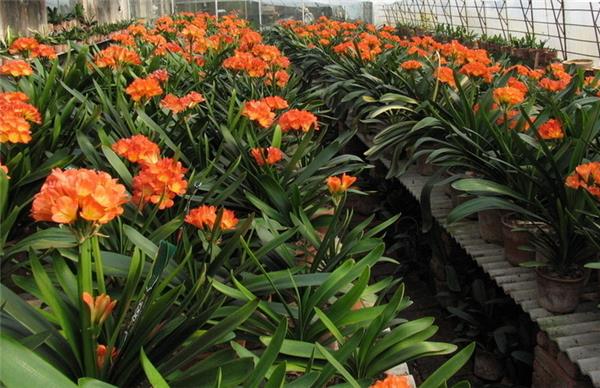[the role of Orchid] what are the functions of Orchid
Cymbidium is one of the flowers cultivated indoors, and many flower friends like to plant orchids, because they feel that the moral of orchids is very auspicious. in fact, we don't know much about the function of orchids. I'll explain it to you slowly.

First, the role of gentleman orchid
The ornamental function of Magnolia
The magnolia has beautiful plant shape, tall and straight leaves and large flowers. It is a kind of flower plant that can see both leaves and flowers. The leaves, flowers and fruits of Cymbidium have ornamental value, which is known as one-season flowers, three seasons of fruit and four seasons of leaves.
Magnolia perennial green, strong negative resistance, very suitable for indoor breeding, can be placed in the living room, study, bedroom and other places, decoration home, but also can be used to decorate auditoriums, conference rooms and other places. Many people use orchids to beautify their rooms and highlight the quality of life.
The role of Magnolia in purifying the air
Cymbidium can absorb carbon dioxide through photosynthesis, release oxygen, keep it indoors and purify the indoor air. The magnolia can also absorb a large amount of dust, dust and harmful gases, filter the indoor air, reduce the dust content in the indoor space and make the air fresh and clean. The gentleman orchid is praised as the natural "dust collector".

Second, the medicinal value of Magnolia.
The gentleman orchid can be appreciated, and the whole plant is used as medicine. In addition to beautifying the environment, there is a certain medicinal value. The plant of Cymbidium is rich in Iycorine and Clidine, as well as trace element selene. now drug workers use the plant rich in these chemicals for scientific research, and have been used to treat cancer, hepatitis, cirrhotic ascites and polio virus. It has been proved by experiments that the Lycoris radiata obtained from the leaves and roots of Cymbidium has not only antiviral effect, but also anticancer effect.
It is proved by experiments that the anticancer activity of Lycoris radiata is mainly manifested in its significant inhibitory effect on aerobic or anaerobic glycolysis of cancer cells. The positively charged quaternary ammonium salt in Lycoris radiata can combine with negatively charged tumor cells, while the negatively charged phenol ion group can enter the positively charged tumor cells and play an anticancer role.
Lycoris radiata is mainly used in the treatment of digestive tract tumors, such as gastric cancer, liver cancer, esophageal cancer, etc., and also plays a certain role in lymphatic cancer and lung cancer. In addition to the above-mentioned effects, Lycoris radiata also has a significant emetic effect, and its emetic effect is stronger than that of emetic. Together, Lycoris radiata has low toxicity and can be used as an emetic for various types of poisoning.

Third, the rotten root of gentleman orchid and its solution
Gentleman orchids sometimes have rotten roots. It is mainly caused by high temperature, too much watering, application of thick fertilizer or immature cultivated soil bacteria, etc. Generally speaking, there are two kinds of rotten roots: one is that most of the roots are good, only part of them are rotten; the other is that most or all of the roots are rotten. The way to save the former is to knock the rotten roots out of the basin immediately after finding the rotten roots, carefully remove the attached soil, rinse the roots with clean water, and then remove the rotten roots with a clean and sharp razor. Then smear the rotten roots with 0.1 potassium permanganate solution, or wrap the leaves with toilet paper and irradiate them in the weak sun for half an hour, disinfect them with ultraviolet rays, and then plant them in the sterilized substrate. After planting, put a transparent plastic bag in a semi-shaded place and water less to keep the basin soil slightly moist. At the same time, 0.2% potassium dihydrogen phosphate aqueous solution is sprayed on the leaf surface every 5 times every 7 days to increase nutrients and promote its rooting.
In this way, the new root can grow after more than two weeks, then take off the bag and gradually transition to normal maintenance. The salvage method for the latter case is: first rinse the base of the stem with water, then cut off the rotten part laterally with a sharp knife (requiring the incision to be dry and smooth), then smear sulfur powder or charcoal powder at the cut to prevent wound infection, put it in a cool and ventilated place, plant it in a plain sand basin after the incision surface is slightly dry, water once two days later, and keep the basin soil moderately moist and avoid fertilization. Under the temperature of 20 Mel 25 ℃, the new roots will grow around the incision after about 10 days, and can be transplanted into the new culture soil basin after about 45 days, and gradually transferred to normal maintenance.

The role of the gentleman orchid is introduced here. After reading this article, we must have a deeper understanding of the gentleman orchid. Friends who like magnolia can raise several pots of magnolia at home to beautify the living environment and please their own body and mind.
The role of the gentleman orchid is introduced here. After reading this article, we must have a deeper understanding of the gentleman orchid. Friends who like magnolia can raise several pots of magnolia at home to beautify the living environment and please their own body and mind.
Related
- Wuhan Hospital Iron Tree Blooming Result Was Instantly Frightened by the Gardener Master
- Which variety of camellia is the most fragrant and best? Which one do you like best?
- What is the small blue coat, the breeding methods and matters needing attention of the succulent plant
- Dormancy time and maintenance management of succulent plants during dormancy
- Minas succulent how to raise, Minas succulent plant pictures
- What are the varieties of winter succulent plants
- How to raise succulent plants in twelve rolls? let's take a look at some experience of breeding twelve rolls.
- Attention should be paid to water control for succulent plants during dormant period (winter and summer)
- Watering experience of twelve rolls of succulent plants
- Techniques for fertilizing succulent plants. An article will let you know how to fertilize succulent plants.



